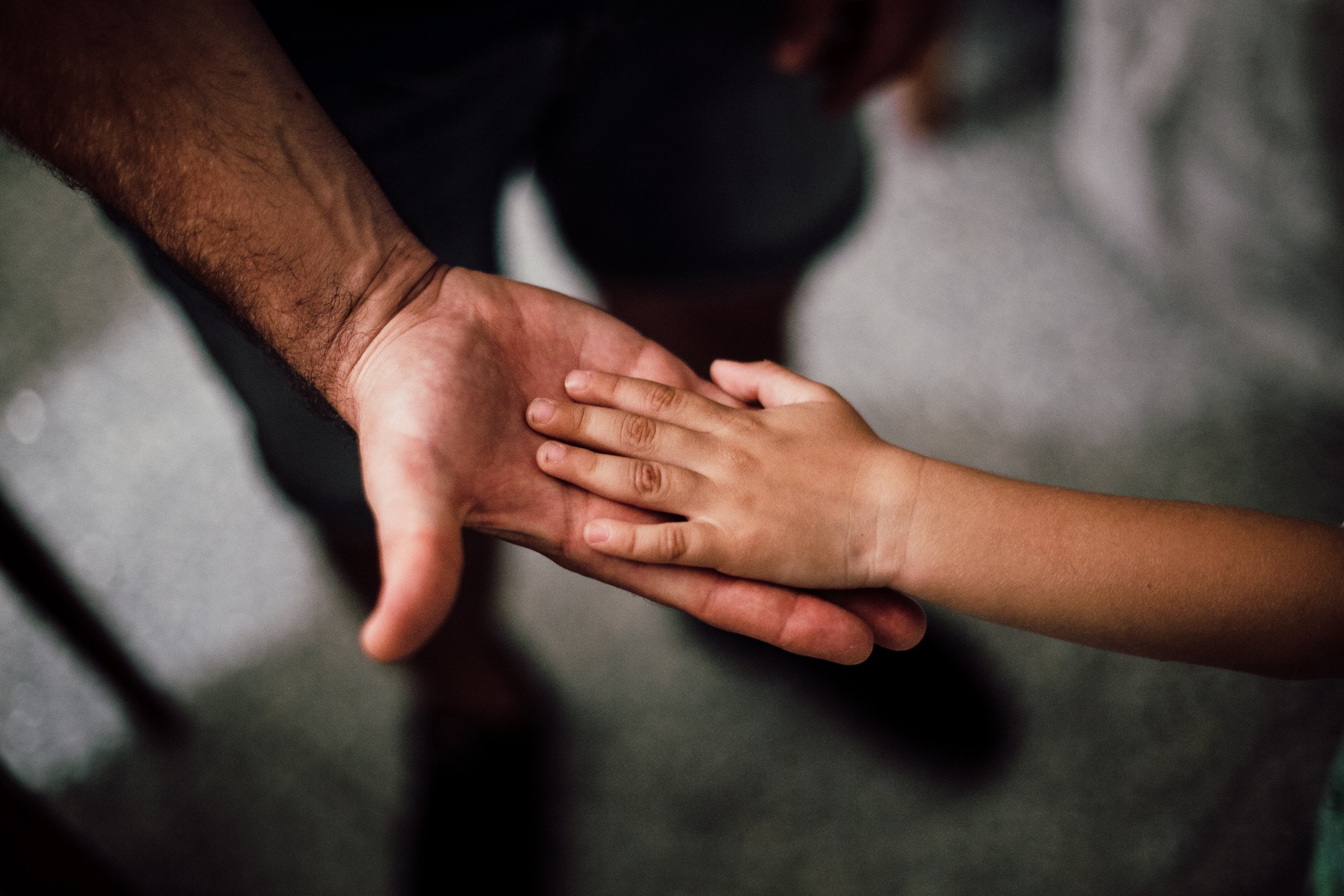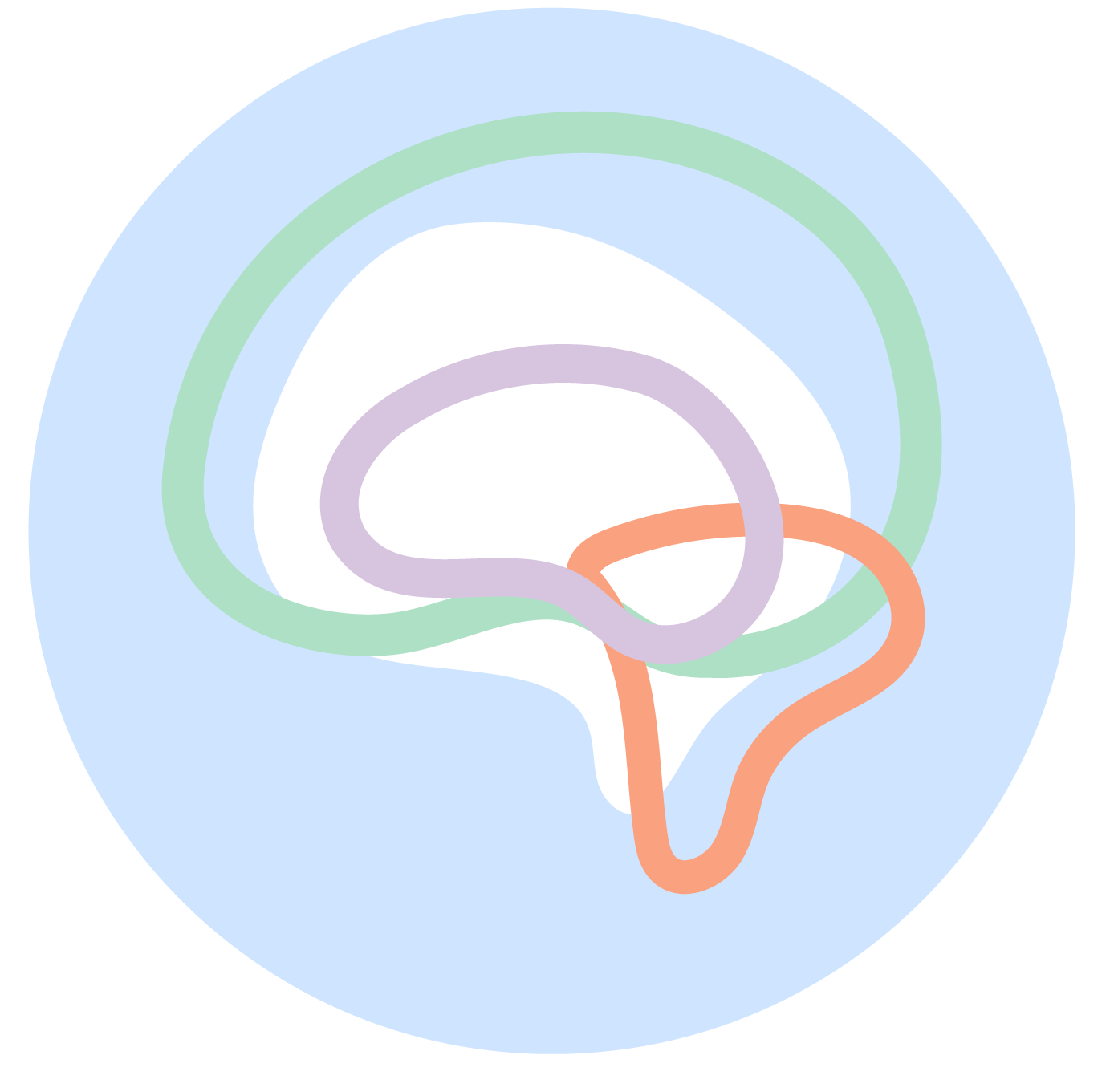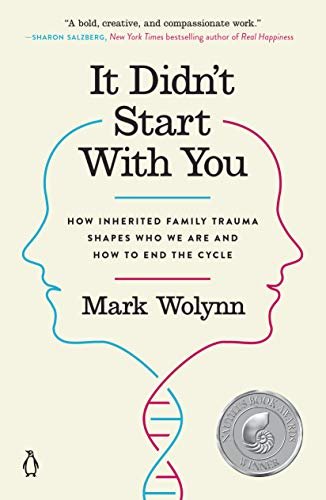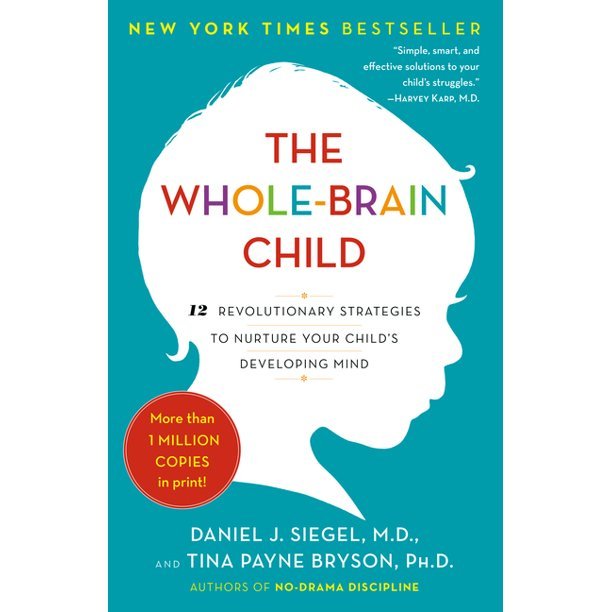
Trauma & Adverse Childhood Experiences (ACEs)
Resources
Trauma
Trauma is a reflection of what is happening in the body.
Trauma is an emotional response to an activating or intense event that threatens or causes real or perceived harm. Natural disasters, injury or accidents, loss or separation, bullying, etc. can all be potentially traumatic events. Trauma is not the event itself, but how we respond to and process it over time - and it’s different for all of us.
Trauma affects our bodies (how we feel), our brains (how we think), and our behavior (how we act). Understanding what trauma is and how it impacts each person differently is key to responding to and supporting those affected by trauma and preventing future retraumatization. Learn more on our blog.
Get to know the signs and symptoms of trauma, its impact on child development, and strategies for supporting children who have experienced trauma with this fast facts handout from the Children’s Bureau: Child Welfare Information Gateway.
Resources from the
National Child Traumatic Stress Network
What is Trauma?
Types of Trauma
Youth Populations at Risk
Resources from the
Child Mind Institute
Resource Center: Trauma & Grief
Collection of digital resources about trauma and giref in children.
Guide: Helping Children Cope
A PDF guide to helping children cope after a traumatic event.
Find this guide in multiple languages here.
Activities: Healthy Minds, Thriving Kids
Bilingual video and print resources and activities for teaching children healthy coping skills.
Adverse Childhood Experiences (ACEs) & Trauma
Adverse Childhood Experiences (ACEs) and trauma are related, but not exactly the same.
Adverse childhood experiences, also known as ACEs, are defined by the Centers for Disease Control and Prevention (CDC) as potentially traumatic events experienced during childhood (ages 0-17). These experiences have been linked to chronic health problems, mental health conditions, and more in adolescence and adulthood.
While ACEs are related to trauma - they are not exactly the same. ACEs encompass a variety of adverse (negative or harmful) experiences throughout childhood, whereas trauma is just one outcome of adversity and refers to how a child perceives and responds to those experiences.
Get to know the science of adverse childhood experiences and how we all can play a role in mitigating exposure and creating more positive childhood experiences with this fast facts handout from the Centers for Disease Control and Prevention (CDC).
Resources from the
Centers for Disease Control and Prevention (CDC)
Resource Center: ACEs
Collection of information and digital resources about adverse childhood experiences.
Learning Modules: Preventing ACEs
Online learning modules for learning about ACES, risk and protective factors, and ways to prevent.
Guide: Essentials for Parenting
Bilingual resource guide focused on parenting strategies for strengthening protective factors.
Additional Resources
Watch
Video: Childhood Trauma by PyschHub
Video: Preventing ACEs by Centers for Disease Control & Prevention (CDC)
Childhood Trauma & the Brain by the UK Trauma Council
Read
The Body Keeps the Score: Brain, Mind, and Body in the Healing of Trauma
by Vessel van der Kolk, M.D.
What Happened to You?: Conversations on Trauma, Resilience, and Healing
by Bruce Perry, M.D, PhD & Oprah Winfrey
It Didn't Start with You: How Inherited Family Trauma Shapes Who We Are and How to End the Cycle
by Mark Wolynn
The Whole-Brain Child: 12 Revolutionary Strategies to Nurture Your Child's Developing Mind
by Daniel Seigel, M.D. and Tina Payne Bryson, PhD


















